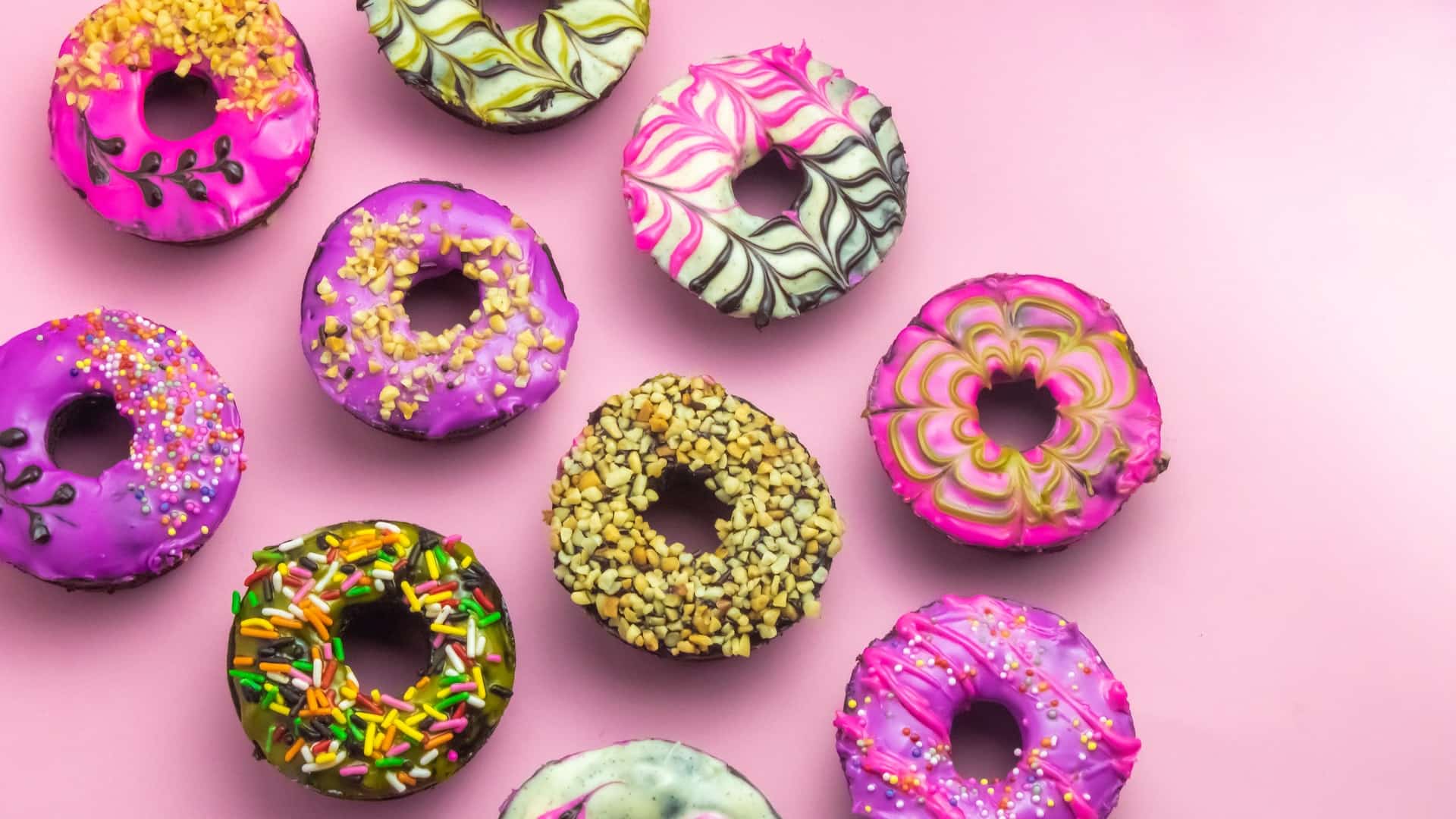Bakery products are some of the most popular goods in grocery stores since these are included in the list of the minimum consumer basket. Consumers buy bread, white bread, pastry, and cakes daily. Thus, packages must be highly functional and convenient.
The shelf life of most baked food is just 1 or 2 days (up to 73 hours in most cases). Yet, cookies, bars, and crackers can stay fresh for up to several months. Thus, depending on the type of pastry, different types of bakery packaging materials are used.
IMAGE: UNSPLASH
Requirements For Bakery Goods Packaging
Wrapping for bakery products requires satisfying many conditions due to the specifics of dough and marketing purposes. When choosing appropriate baked packaging, manufacturers should pay attention to the following criteria:
- Lightweight covers. Bread, white bread, and crackers are usually packed in bags. Some manufacturers pack cookies (brownies and chocolate pastry) in plastic containers covered with sealed wrappers.
- Protective barriers. Bakery products are very vulnerable to all sorts of environmental impacts, like humidity, sunlight, temperature changes, air, etc. Each factor can negatively influence pastry freshness. Even a slight change in temperature or humidity can lead to becoming stale, moldy, or rancid. Thus, wrappers must provide reliable protection from environmental influences.
- Resealable bags and containers. Baked products dampen or, vice versa, become stale quickly under the influence of the air. Therefore, it is important to keep baked products in closed bags or containers. This is why manufacturers should give preference to resealable packages and equip them with zippers, ties, and other accessories for multiple closings.
- Safety. Wrappers must be safe for humans and not contain poisonous chemicals. People immediately eat pastry, so make sure that the materials used for cover production do not emit dangerous chemicals when contacting food.
- Transportation. Containers must preserve the shape and integrity of pastry during delivery. Since bread is soft, it can crumble, and crackers may crack if packages are chosen improperly. Usually, packed bread is transported on wooden pallets that provide enough rigidity.
The choice of packaging materials for baked products is a responsible task. Processors must foresee many criteria to guarantee product safety, freshness, and integrity throughout its shelf life.
TOP Materials To Consider For Packaging
Depending on the type of food, bakery products can be packed in bags, boxes, and containers. The specifics of food content determine the best wrapper. For example, dry but oily waffles and cookies are wrapped in films that are airtight, oxygen resistant, and waterproof.
Flexible packaging stands as the most popular kind of wrapping for pastry. A great variety of options allows for packing all sorts of food. In most cases, covers have composite materials to provide the required protection barrier. Here are the most common solutions:
- a pearl-white, matte, or transparent PP layer + a metallized PP layer with an adhesive film between them. This option is applied for chocolate-coated cookies and pasty with high plant oil content. This composite combination allows for preserving the taste and aroma, as well as preventing plant oil from getting spoiled. This kind of wrapper has high barrier qualities providing resistance to all environmental factors (sunlight, condensate, etc.).
- a matte or transparent PP layer + a white/pearl-white or transparent PP layer with an adhesive film between them. This solution is applied for baked products without chocolate. Such covers also provide high resistance to environmental impacts.
Both types are favorable to applying printing technology. The main difference between these options is the presence or absence of a metallized layer that is needed to reflect sunlight and prevent chocolate or oil products from going rancid or melting.
The choice of proper packaging composites is dictated by the type of food, its physical properties, and storage conditions. Manufacturers tend to use the following kind of flexible packaging for baked products: brown and parchment paper, metalized and polyethylene films, plastic sheeting, metalized mylar bags, cake boxes, custom food and greaseproof paper.
Transportation & Storage
Pastry and baked products are vulnerable to all sorts of external impacts. Bread and white bread can get smashed under the influence of constant pressure. Crackers get cracked. Cakes deform and lose their attractive appearance. All these cases are the consequences of violation of transportation conditions.
As for storage, bakery food tends to go rancid, stale, or moldy, if packaging requirements are not satisfied. Thus, it is important to prevent pastry from contact with oxygen, water, sunlight, and other external impacts.
Things To Take Into Account To Select Proper Packaging For Pastry
When choosing packaging materials for storing pastries, pay due attention to the following aspects:
- Form of storage. What atmosphere (solid, gas, or liquid) are you going to use for pasty storage?
- Shelf life. For how long should products stay fresh?
- Influence of external factors on food freshness. Here, make sure to consider pH, acidity, susceptibility to oxidation, etc.
- The ability to stay fresh in different environments.
- The biological nature of baked food. The preservation of a proper environment is vital for enzymes and positive bacteria.
Nowadays, more and more customers pay attention to wrapper sustainability since eco-friendliness is a new trend in the packaging sphere. Thus, many producers prefer eco-friendly covers for their products. Moreover, if they are small private bakery shops with fresh pastries. Here, green custom-designed bags are preferable.
Baked food packaging requires particular attention. The specifics of pastry content make it susceptible to shocks, pressure, and environmental factors, which is why the choice of high-quality covers is an essential point to preserve freshness and guarantee integrity.
Flexible wrappers are the most popular kind of packaging materials due to a wide range of options and the ability to apply prints and colors. Businesses can design custom wrappers to attract consumers and promote products on store shelves.
IMAGE: UNSPLASH
If you are interested in even more lifestyle-related articles and information from us here at Bit Rebels, then we have a lot to choose from.


COMMENTS